
Microsoft's Surface 2 lineup can win you over, but it won't
If we are to believe all the comments posted on the Interwebs by Microsoft fanboys, then the Surface lineup should have delivered two of the most popular tablets on the market and Apple and Android OEMs should have gone out of business by now. But, once reality sets in and we overlook the silly one-sided comments, people just don't care enough about Microsoft's slates -- the 4.5 percent Windows market share, from IDC's Q2 2013 report, coupled with the $0.9 billion write-off speak for themselves.
Now there's a second-generation Surface lineup which was unveiled yesterday, comprised of Surface 2 and Surface Pro 2, that quietly wants to change people's perception about Windows-based slates and their preference towards Android tablets and iPads. On paper, the new Surfaces look great. Microsoft appears to have gotten the hint -- more power, more battery life, more versatile kickstand, more accessories. The new Surface lineup is simply "more" than its predecessor. Yet I don't think many people will notice that and rush to pre-order now or buy on sales day.
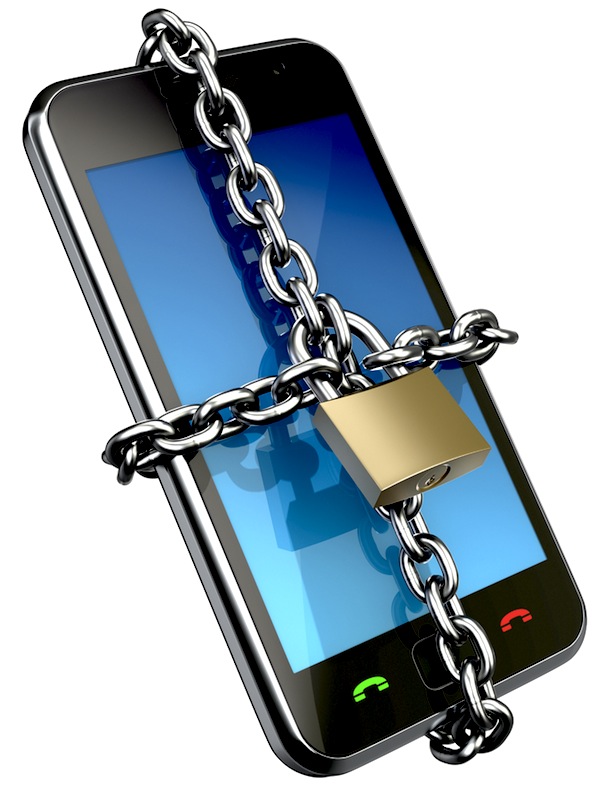
Remotely add password protection to your lost or stolen Android phone
Protecting your phone may well be something you don’t think about until it is too late. I'm one of those people who can't stand PIN protection on phones -- heck, I hate the lock screen… I just want to switch on and start using my phone! For people like me, there is a new feature in the superbly useful Android Device Manager. This free tool was released back at the beginning of August, but there's now an interesting new option that has been quietly added.
Previously when you lost your phone you had a couple of options -- call it to locate it, or remotely wipe it (which is quite an extreme length to go to). Now when you head to the Android Device Manager Page you'll find a new feature in the form of device locking. But how does this work if you have not enabled locking on your handset?
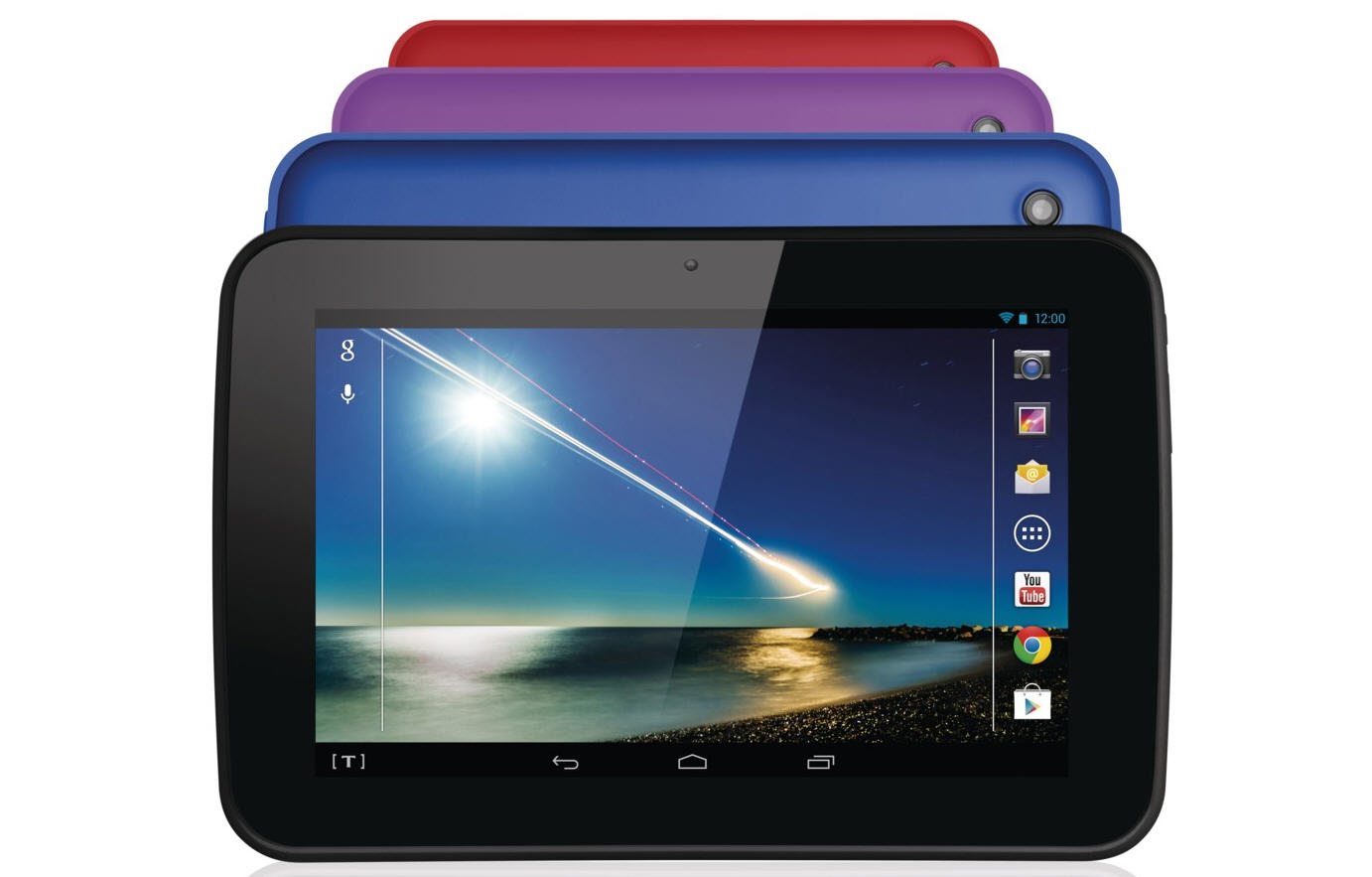
Tesco launches low-cost Hudl tablet to compete with Nexus 7
UK supermarket Tesco launches its own 7-inch tablet undercutting the price of just about everything else on the market. The Hudl may be cheap (just £119), but the specs are surprisingly high -- the budget price doesn’t seem to have meant having to make too many cutbacks. A 1.5GHz processor powers a 1440 by 900 display, and the 16GB of integrated storage can be expanded through the use of the microSD slot. The tablet runs Android 4.2.2 and Tesco wants it "to open up a world of entertainment and connectivity to all". It is priced well to compete with the likes of the Nexus 7.
Heading to the supermarket may not be where you'd first think to buy your next tablet, but Tesco's new Hudl is likely to change that. The tablet has been designed to be very family friendly; it looks approachable and has been configured so that parents are guided through the process of setting it up for use by children. The Hudl will be available in four colors -- red, blue, black and purple.
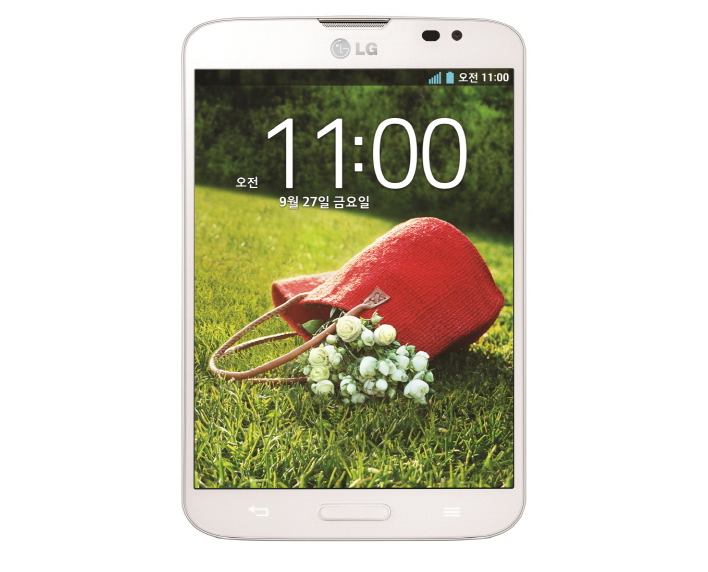
Who needs widescreen? LG unveils the Vu 3 with 4:3 display
Most smartphones that are available nowadays sport a widescreen display, typically featuring a 16:9 or 16:10 aspect ratio. The reason for this is simple -- it works very well with multimedia content (like YouTube videos and movies), web browsing and helps with the overall usability of the device. The latter especially holds true with phablets -- or, big smartphones if you will -- where it is crucial for users to be able to operate their handset with one hand, at some basic level.
LG, on the other hand, believes that a 4:3 display would suit phablet users better, even though it practically makes the device wider than comparable handsets with a widescreen panel. As a result, the South Korean company continues the same approach with its latest entry in the niche phablet market -- the Vu 3.

The most popular stories on BetaNews this past week -- September 15-21
Apple stole the limelight from just about everyone else this week. The big news was, of course, the release of the iPhone 5c and iPhone 5s. Just about as soon as online orders opened up, delays in shipping started to lengthen; Joe was somewhat skeptical about the limited supplies.
Before the new hardware hit the stores, iOS 7 was released to mixed reviews -- I hated it, Wayne loved it. A couple of security holes were found in the operating system including one that allowed for Siri to be used to post messages and access phone details even on locked handsets. There was also a new iOS 7 inspired look for iCloud and the addition of a bookmark syncing option.

App downloads set to hit 102 billion in 2013 -- mostly all free
If you own a smartphone it’s likely you download apps for it, and given the proliferation of mobile devices, it’s not surprising that the volume of app downloads is continuing to rocket.
According to Gartner, mobile app stores will see annual downloads reach 102 billion in 2013, up from 64 billion in 2012, with free apps accounting for a whopping 91 percent of the total downloads this year.

Microsoft: Windows is superior to Android for government and education needs
A new white paper compares Android and Windows devices for use in the public sector and education. It looks at four areas it considers critical -- ease of use, security, productivity and lifecycle -- and finds Windows devices to be the "superior choice".
The paper says there are "significant challenges and issues with Android" and that Windows devices "offer better security and utility, enabling new usage models AND more productive users, while giving IT flexible deployment options to evolve the existing infrastructure and in some cases even produce savings as no new processes need to be developed". But since the white paper comes from Microsoft, those findings are unsurprising.
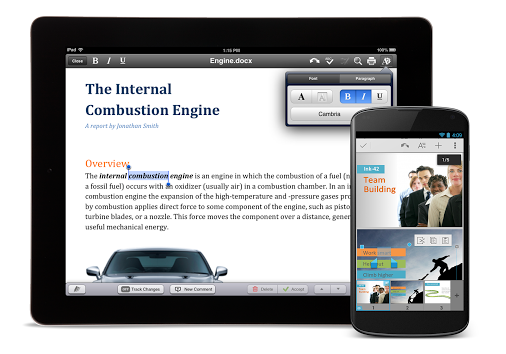
Google releases a refreshed Quickoffice for Android and iOS -- for free
When I bought the first-generation iPad in 2010, I intended to use it for taking notes in college classes. Unfortunately, the iPad didn't come with an office suite and Microsoft's was not available. And so, I was forced to try a bunch of alternatives. Ultimately, I found one that stood out among the rest -- Quickoffice. I found it to be complete and a pleasure to use.
While my iPad is long gone, Quickoffice has followed me to Android with great results. However, Google bought my beloved Quickoffice in June 2012 and I became very nervous. My concern was that the software development would cease under Google's leadership. I am happy to say that my concerns were for naught -- Google announces today that QuickOffice has been updated and is now free.
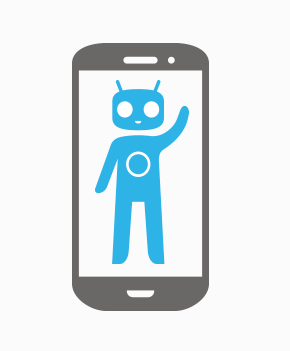
CyanogenMod forms company -- smart or foolish?
When it comes to Android, many users like to tinker and root their devices. Many of these users also flash custom-roms; a modified version of the Android operating system. This is typically done to add features, remove carrier-installed apps and heck -- even just for fun. For years, CyanogenMod was viewed as the "holy grail" of custom-roms.
However, as time has marched on, Android has matured and custom-roms such as CyanogenMod have become less necessary. Also, it has far more competition from arguably superior alternatives such as ParanoidAndroid. Today, the CyanogenMod team shocks the Android community and announces that it has formed a company.
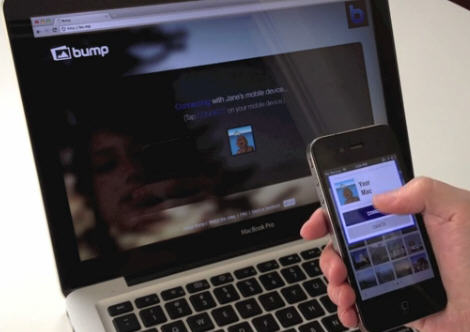
Google acquires file transfer service Bump
Today Bump becomes the latest addition to Google's portfolio. In a blog post, Bump CEO David Lieb reveals that the company has been acquired by the search giant. Bump is known for two tools -- the eponymous Bump file transfer service, and Flock for sharing photos.
But it is the Bump transfer app that is most famous, making it possible to shift files from one device to another with a gimmicky bump together -- using "a matching algorithm" rather than NFC. The blog post assures users that "Bump and Flock will continue to work as they always have for now", and it is the "for now" part of this announcement that is intriguing. Google has yet to make an announcement of its own, so it is not yet clear whether Bump's tools will live on under the same name, get rebranded, or disappear into Google's fat folds.

Jolla announces its Sailfish OS is now compatible with Android apps (Instagram included)
The most difficult problem to deal with when launching a new mobile platform nowadays is the initial lack of apps. It is a chicken and egg sort of issue where tier one developers -- the ones who are behind the most popular offerings -- refuse to develop software for the new platform unless there is a large-enough userbase and users refuse to buy devices sporting the new platform unless it offers them access to the most popular apps. To put that into perspective, it's similar to the problem BlackBerry is facing now with BB10 OS (no major developers, no major apps, no user growth).
Jolla, with its Sailfish OS-based smartphone, is a newcomer on the smartphone market. And, it too faces the same problem as every other platform developer that ventures into new territory -- the big app titles are nowhere to be seen. But, instead of following the same troubled path as Microsoft which tries to lure developers into releasing Windows Phone 8 apps, Jolla says it has a different way, a better way. The Finnish company announced that Sailfish OS is now compatible with Android apps.

The most popular stories on BetaNews this past week -- September 8-14
Big news came from Apple and Microsoft this week. Microsoft seemingly had a change of heart; having previously said that Windows 8.1 RTM would not be made available before its official launch date, the company announced that it would be released to people with TechNet and MSDN subscriptions.
The same group of people also gained access to the pre-release version of Skype. Microsoft was clearly in a very giving mood this week as the company also announced that it was giving free copies of Office 365 to non-profit organizations.
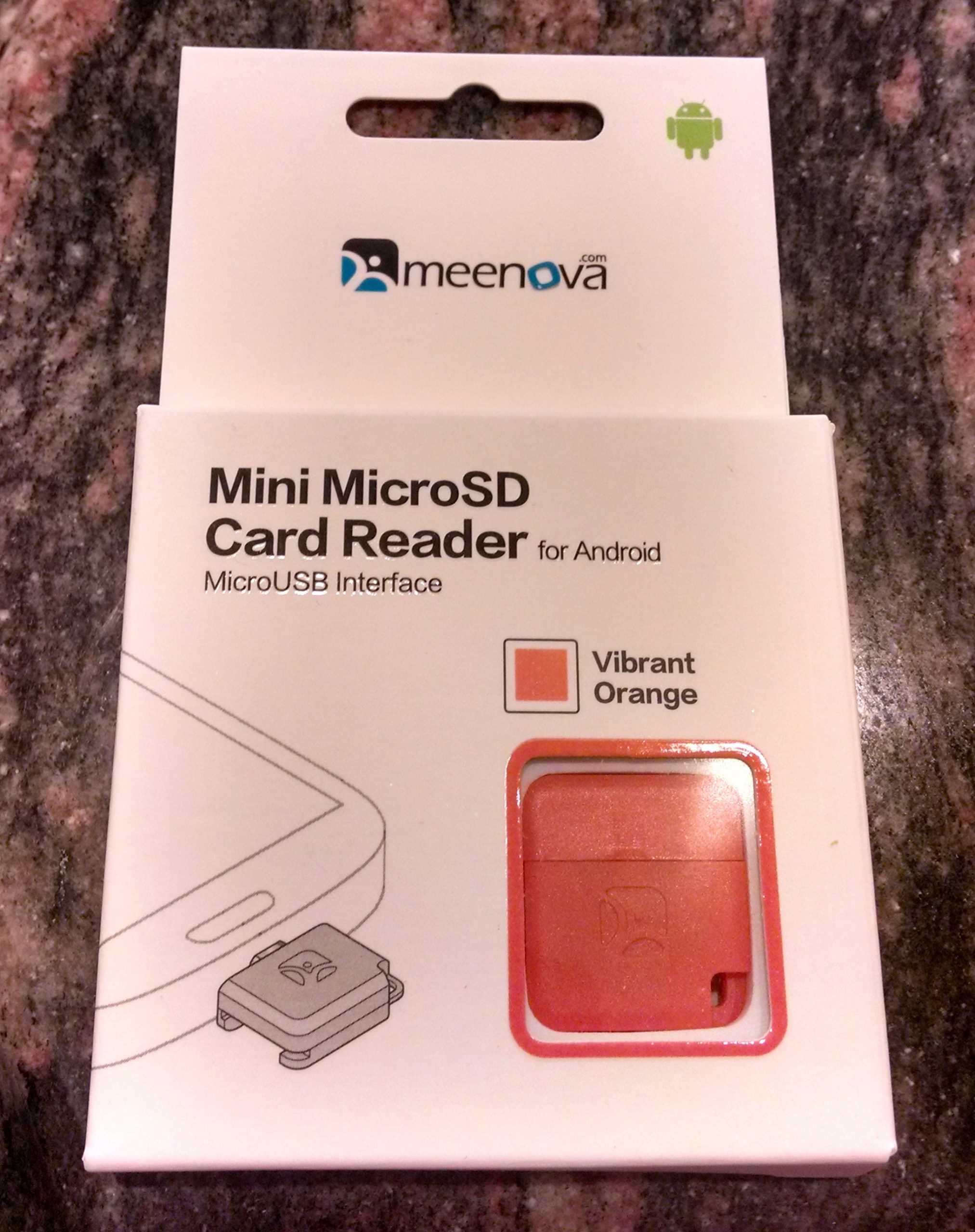
Meenova Mini MicroSD Card Reader [Review]
Crowdfunding is all the rage nowadays. It feels like not a day goes by without some new venture begging users for money. While many of the products are less than desirable, every once in a while, a gem shines through. Case in point, the Meenova Mini MicroSD Card Reader for Android.
According to the company, "it is just like a SD card reader that you use on your computer, except it is for Android tablets and smartphones that have MicroUSB port. You can use it to read/write MicroSD cards, copy files between your phone/tablet and a MicroSD card".

Happily living with two mobile operating systems
I have vague memories of Windows Mobile from some previous life...it's like a nightmare that I can't escape, though I am pretty sure it was a dream in that dark, distant era. Fast-forward to today and I have found myself torn between two mobile operating systems and thankfully neither is that early CE-based mess that Microsoft pushed on customers and businesses lapped up -- when they were not swayed by BlackBerry.
Since those heady days I have settled down to Android, as many of my colleagues here use. However, I cannot help but stray my eye to other possibilities and Windows Phone 8 intrigued me enough to take a shot. The hardware and software (I'm using the Nokia Lumia 928) grabbed me, but the lack of apps did not. Still, it proved smooth and usable. My Galaxy Nexus was set aside, becoming a glorified MP3 player because I cannot live without Google Music All Access or Beyond Pod.
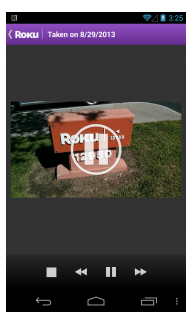
Roku brings video streaming to Android
So, you got that new Android phone that's capable of taking HD video, but your friends and family really do not care to watch your cinematography skills on a five-inch screen. The good news is that you may just have a certain streaming set-top box sitting right in your living room that can solve your woes.
Today Roku announces the latest update to its Android app, bringing along a feature that the company had previously added to the iOS version of the service.
